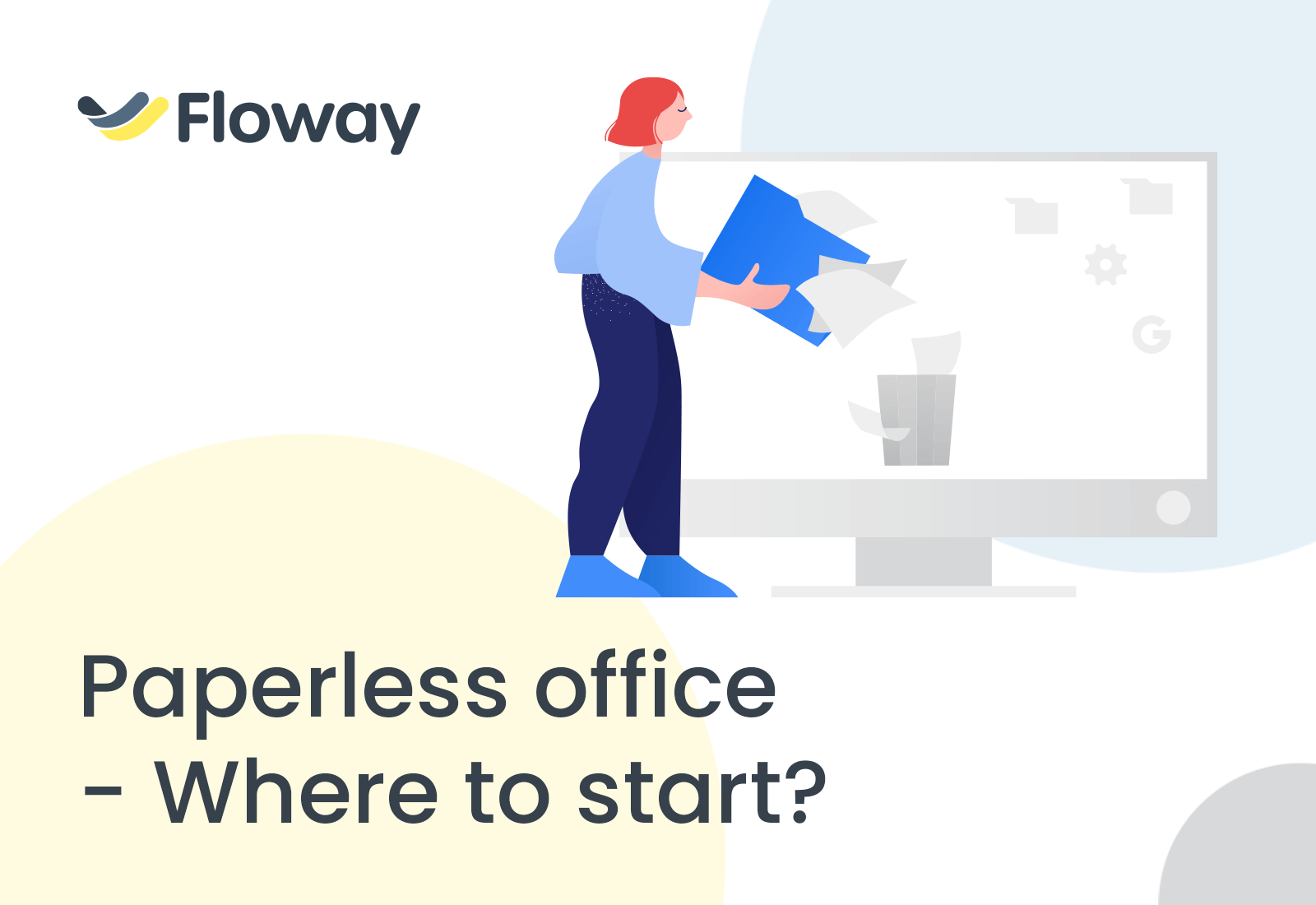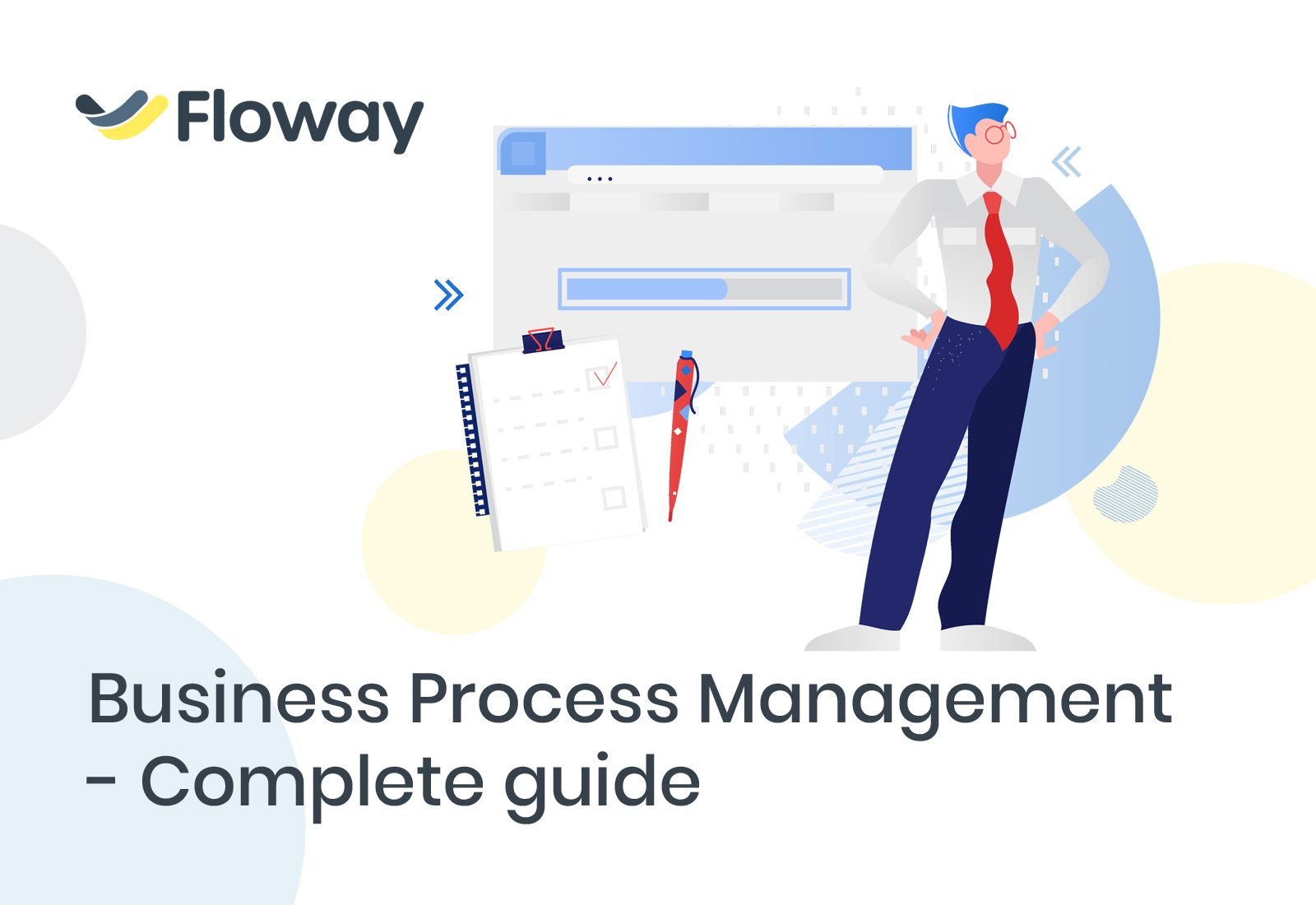Paperless office – Where to start?
A paperless office has become more popular as digitalization progresses. The concept is almost 50 years old, but actually took off a few years ago. Learn more about the concept and its benefits.
What is a paperless office?
A paperless office is a business, where paper use is being actively minimized or eliminated altogether. It leverages technology and digitalization to store business documents, notes, and records. Nowadays, most companies already use electronic invoices, contracts, and mail saving the environment, but also money on envelopes, stamps, and employee time.
Does it mean that every business is paperless? Unfortunately, no. The global use of paper increased by a half since 1980 and statistics say that an average worker uses 10,000 sheets of paper yearly, from which around 75% ends up in waste.*
Most common waste includes:
- Printing e-mails unnecessarily;
- Printing on one side of the paper only;
- Printing duplicates;
- Unnecessary use of paper notes;
- Losing documents and printing them again.
History of paperless office
The term “paperless office” appeared in the seventies describing what they imagined would be an office of the future. At their time, businesses used to have many cabinets and drawers filled with paper documents. They assumed that thanks to computers “office will be completely different; there will be a TV-display terminal with keyboard sitting on his desk” as George Pake said and all documents would be available with a click of a button.
This idea has transpired into an everyday life of many businesses around the world, but has gained new meaning in the last couple of years. It gained more traction as cloud-based systems and new document management software became more popular.
Benefits of a paperless office
There are two main areas of benefits with paperless office. One is business side and concerns quicker processing of information, time, and money. The other, equally important, is environment. Nowadays consumers expect more sustainable approach, as the awareness concerning global warming grows.
Business benefits
As already mentioned, the average worker uses around 10,000 sheets of paper yearly. Citibank calculated that if documents would be printed double-sided only, the company would save around $700,000 yearly. And that’s only the cost of paper. Envelopes, stamps, cabinets, document dividers, it all snowballs as the business grows.
Moreover, employee time costs are rising and finding a paper file takes up to 18 minutes for an average worker. Labour required to process paper documents includes not only looking for files but also processing, organizing, transporting, going to the post office or ordering a pick up. In total, the cost of using paper goes up even to 30 times the cost of purchasing it. No wonder the number of businesses that switch do coud-based document management model grows every year.
Sustainable solution
Actively fighting paper waste and eliminating paper use in a business is one of the key elements to become a more sustainable organization.
The environmental impact of paper use includes:
- Deforestation;
- Use of water and energy to produce, transport, and process paper;
- Air pollution;
- Landfill space.
While paper recycling varies depending on a country (65% in the US, 80% in the UK), the recycling itself uses vast amount of water and energy. That’s why cutting the paper use in the first place is so important.
Where to start with a paperless office?
The easiest way to start a journey to become a paperless office is by digitalizing documents and storing them in a cloud. The market of cloud-based document management software is growing and there are plenty of tools to choose from.
Floway is a Business Management Software that allows to digitalize processes and documents, generate documents using intuitive drag-and-drop function, and automatically share them with the team. It’s more than document management, Floway is an all-in-one tool to optimize and digitalize the whole organization.
Take the first step today and Floway and try our 30-day Free Demo
–
*In the UK, around 68% in the US.
Post a Comment
You must be logged in to post a comment.






